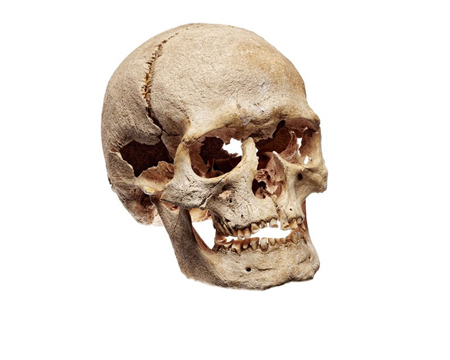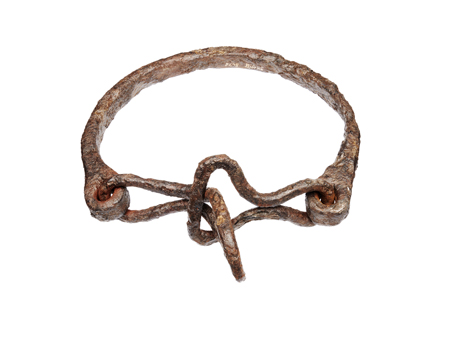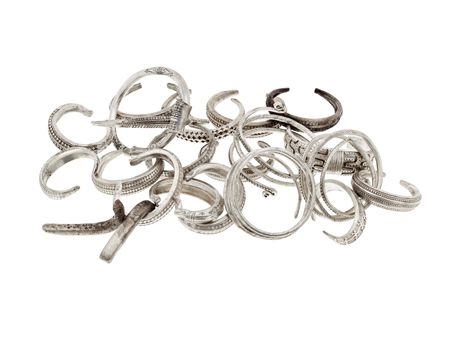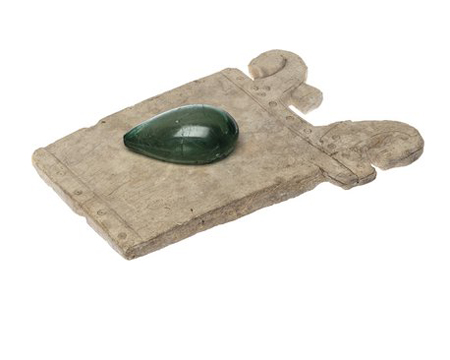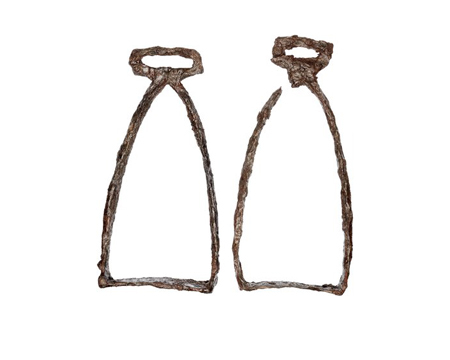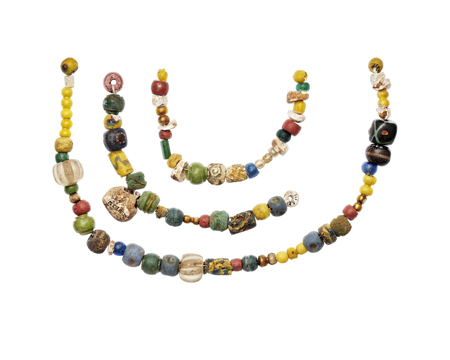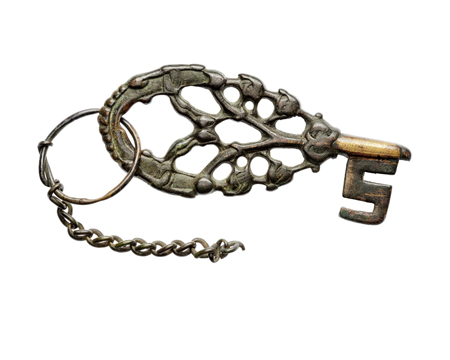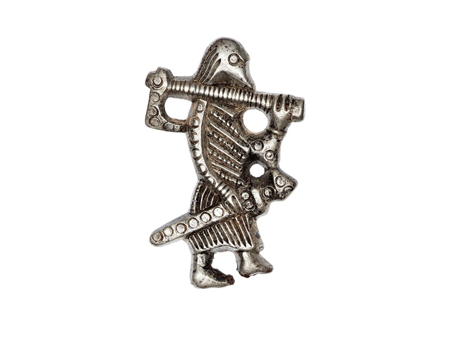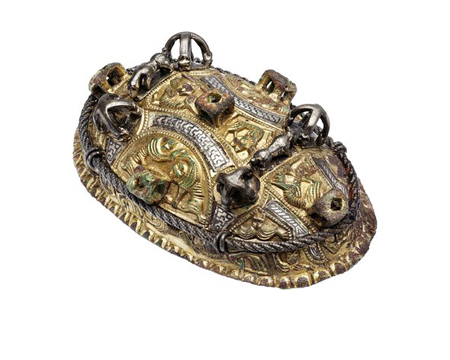Family and hierarchy
A society centred around relationships
Society was hierarchical and its members were valued differently. The major difference was between the free and the unfree. But even within these groups, individuals were ranked based on class, kin, sex and place of origin.
At the very bottom were the unfree, the thralls. The unfree could advance in the hierarchy and free individuals could lose their rights. There was a certain degree of social mobility.
Kin relationships and support from other allies was important. For the free, kinship was counted both on the father’s and the mother’s side. When marrying, both partners retained their extended family.
How people were buried reflected their social circumstances and status in life, as well as the nature of male and female norms. The graves also inform us about the choices and strategies of the survivors. They could choose to highlight or tone down different aspects of the life and deeds of the deceased.
The choice of objects in the grave and the rituals carried out was often guided by the need for the survivors to cement alliances or establish new contacts. Therefore, the design of the grave often offers a picture of relations in society, and not just a reflection of the life of the buried individual.
